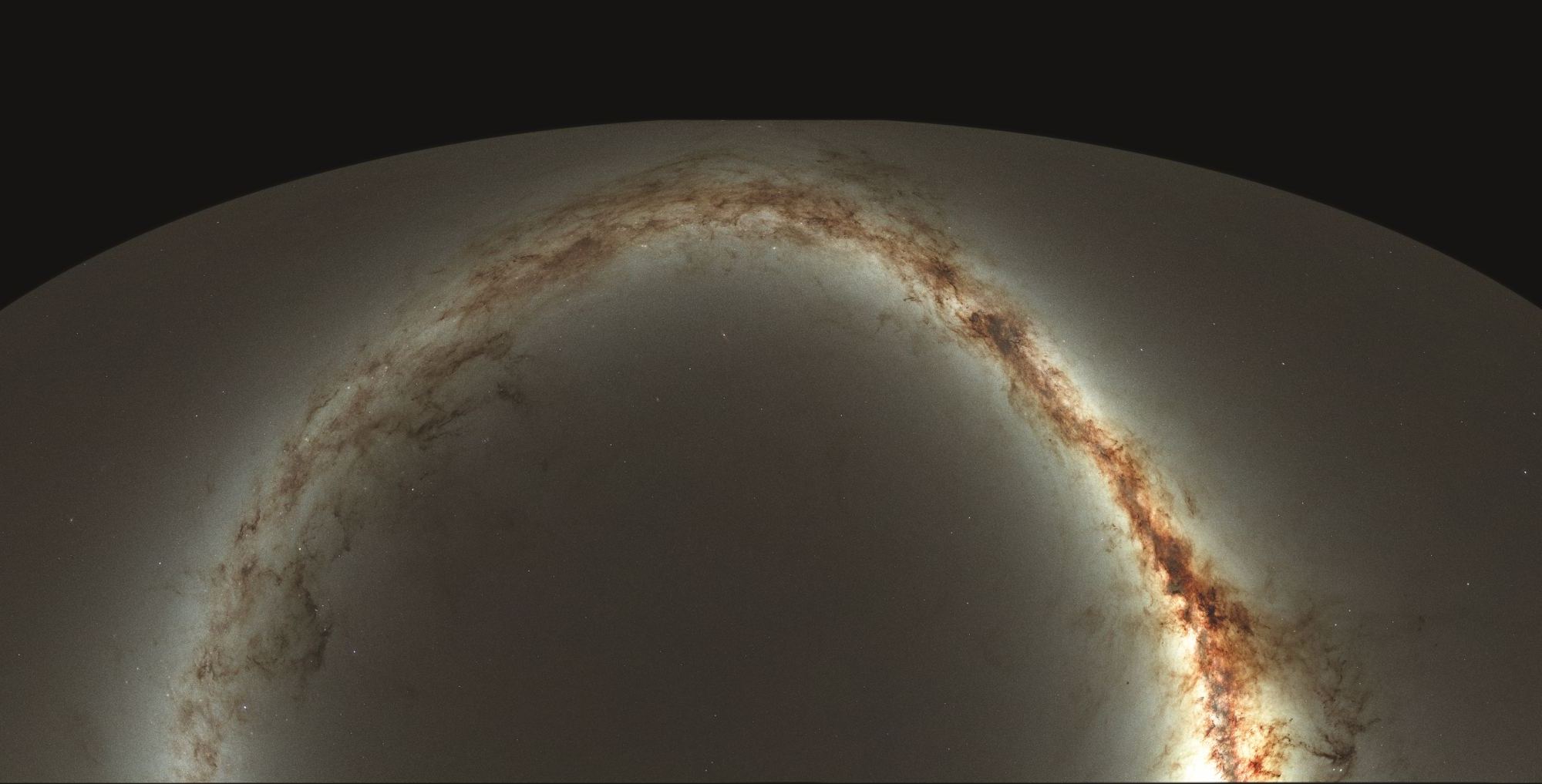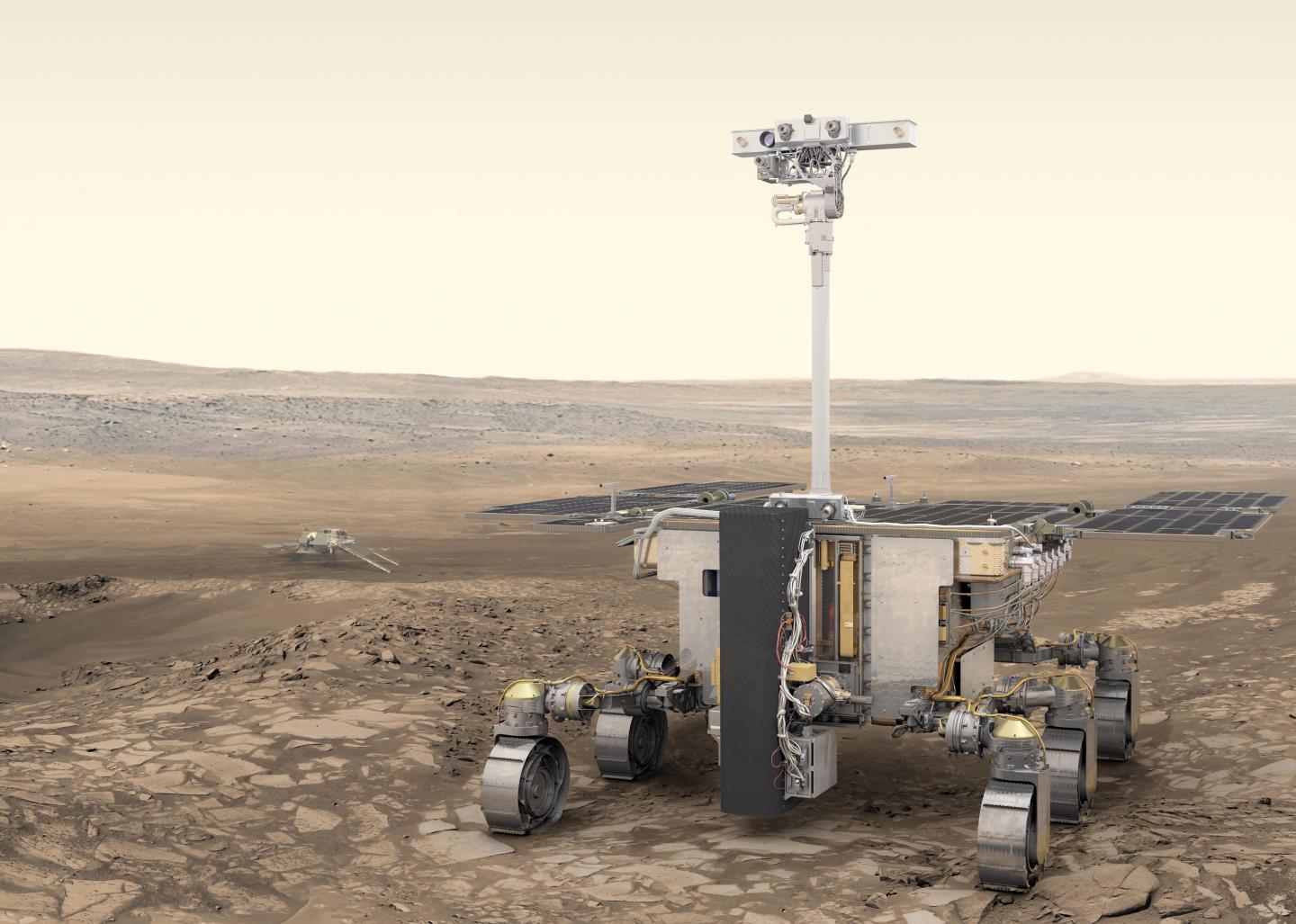How can machine learning help astronomers find Earth-like exoplanets? This is what a recently accepted study to Astronomy & Astrophysics hopes to address as a team of international researchers investigated how a novel neural network-based algorithm could be used to detect Earth-like exoplanets using data from the radial velocity (RV) detection method. This study holds the potential to help astronomers develop more efficient methods in detecting Earth-like exoplanets, which are traditionally difficult to identify within RV data due to intense stellar activity from the host star.
Continue reading “A New Deep Learning Algorithm Can Find Earth 2.0”A New Deep Learning Algorithm Can Find Earth 2.0







